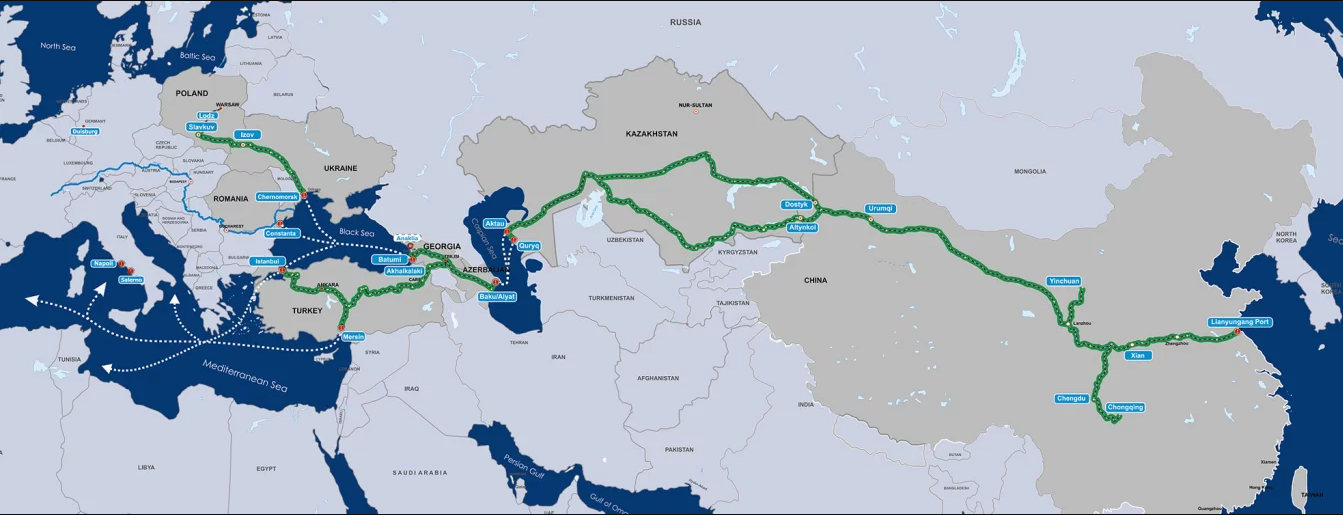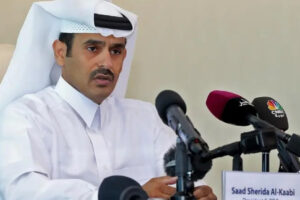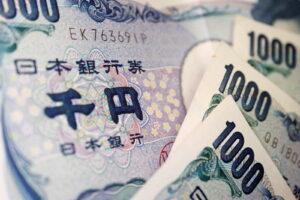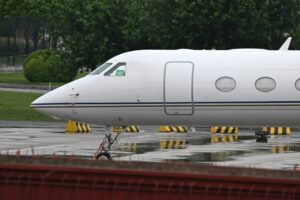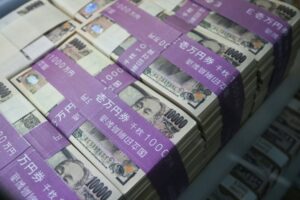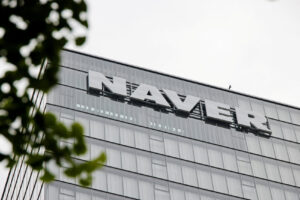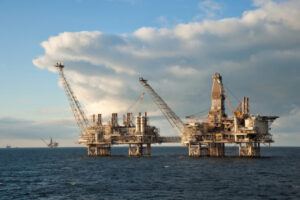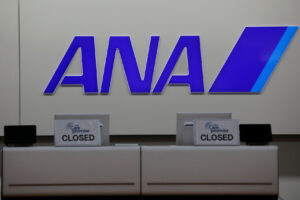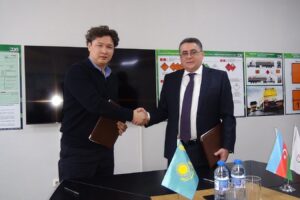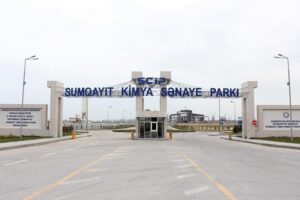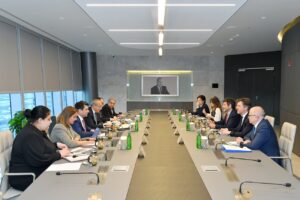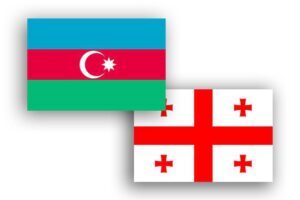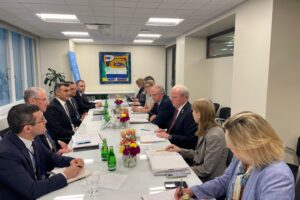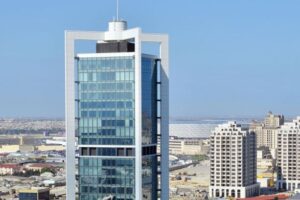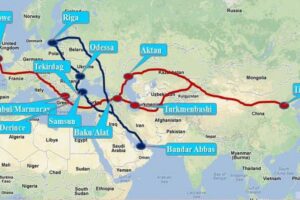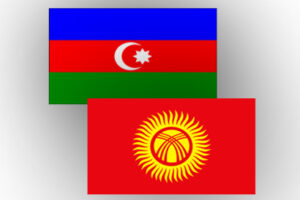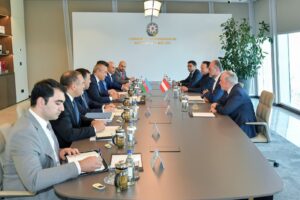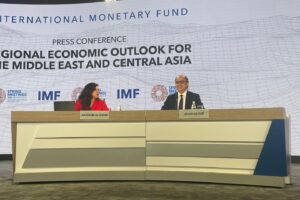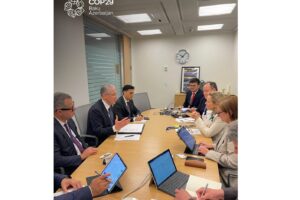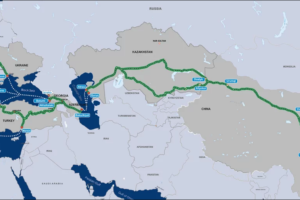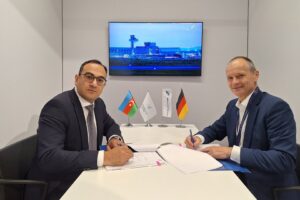Tokyo, 14 April, /AJMEDIA/
In an article titled Risk and Reward: Why the EU Should Build the Middle Corridor Trade Route, European Council on Foreign Relations (ECFR) scholar Alberto Rizzi urged the EU to push ahead with the construction of the Middle Corridor as a project with long-term benefits, AJMEDIA reports.
“The EU intends to minimize its dependence on cargo transit through Russia by leading the development of a shorter alternative route across Central Asia called the Trans-Caspian International Transport Route (TITR), also known as the Middle Corridor,” the author notes.
He notes that, according to World Bank projections, with major upgrades to port and railroad facilities, freight transportation along the TITR may exceed 11 million tons per year by 2030.
“To ensure that this will happen, the EU has already contributed 10 billion euros as part of its Global Gateway plan and is considering expanding its role in the development of the Middle Corridor, evaluating the risks and rewards,” Rizzi noted.
Among the risks, he mentioned the desire of the Russian Federation to link TITR with the North-South transport project and other projects with Central Asian (CA) countries.
Also, in his opinion, the Middle Corridor could contribute to China’s growing influence in the region.
“Despite these hurdles, the benefits to the EU from developing the Middle Corridor exceed the risks, owing to the potential to strengthen Europe’s links with Central Asia. The region is already attracting Chinese and European interest because of its strategic location between Europe and East Asia, massive resource endowments (particularly gas and oil), and renewable energy potential. Thus, powers that can connect China and Europe via this region can gain substantial geoeconomic dominance. Europeans can be confident that if they don’t support the project, someone else will,” Alberto Rizzi emphasized.
He believes the former Soviet republics are attempting to diversify their economies and reach out to new commercial partners, a desire that has grown stronger since the war in Ukraine.
“Russia now relies on these republics as both customers and transit countries for gas that it cannot sell on the European market. Although Moscow’s sale of inexpensive energy to Central Asian countries is currently an offer they cannot reject, Moscow’s emphasis only on fossil fuels ensures that this Russian influence will not persist beyond the short term,” the European expert believes.
He also suggests that Central Asian (CA) countries fear excessive credit dependence on China, which has only partially materialized the promised benefits of the Belt and Road initiative.
“The development of the Middle Corridor will allow CA governments to prepare their economies for the future by reducing dependence on fossil fuels as well as on Russia and China,” the analyst argues.
He thinks the EU should capitalize on Central Asia’s eagerness to develop the Middle Corridor.
“The Middle Corridor’s continued development will let Europeans recognize another inconvenient truth: commerce with China will not disappear or decrease any time soon. Goods will continue to go overland between Europe and China, with the Middle Corridor ensuring that some do not go through Russia. There is little chance of economic interaction between Russia and Europe returning to prewar levels. The creation of a route that bypasses Russia will help the structural goals of the EU much more than reducing all trade with China,” the European expert shares his views.
Meanwhile, the TITR celebrated its tenth anniversary in 2024, and it has been steadily developing over the last five years.
It’s worth noting that 2.76 million tons of freight flowed via the Middle Corridor in 2023 (86 percent greater than in 2022), with 4.2 million tons planned for 2024.

